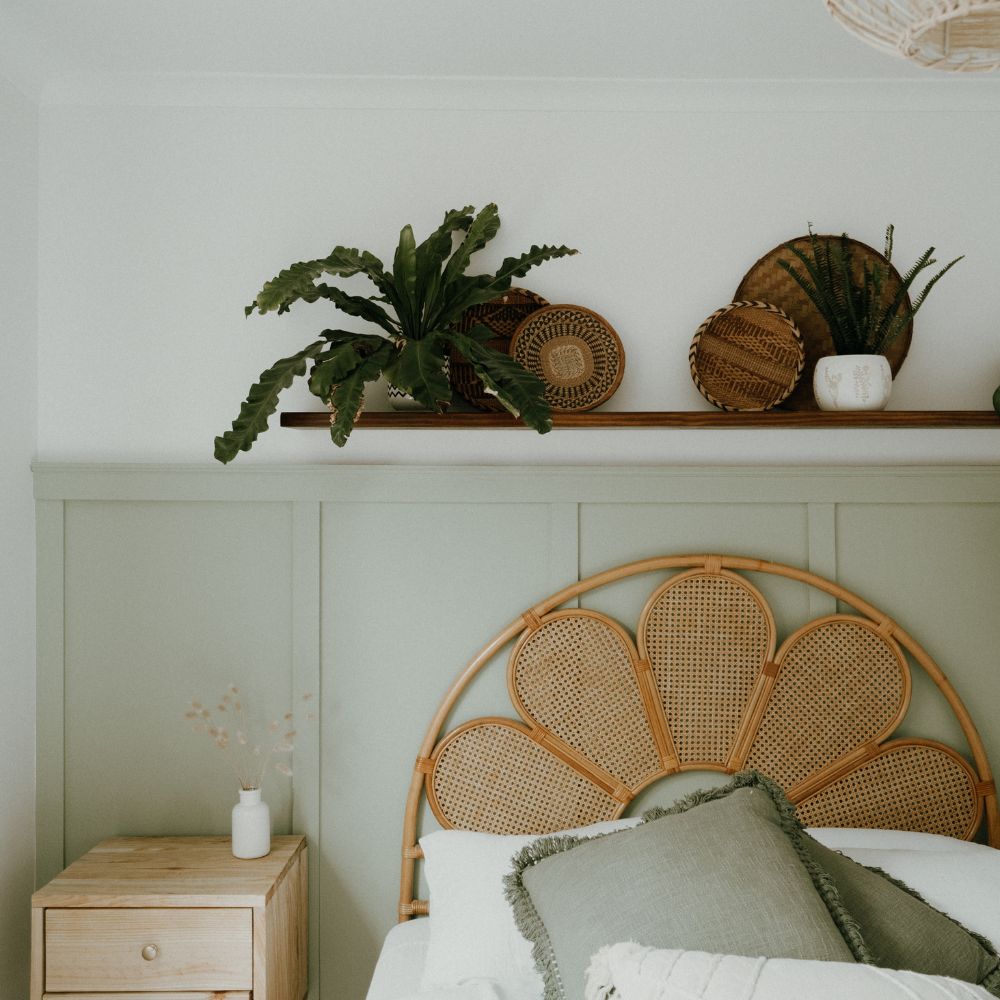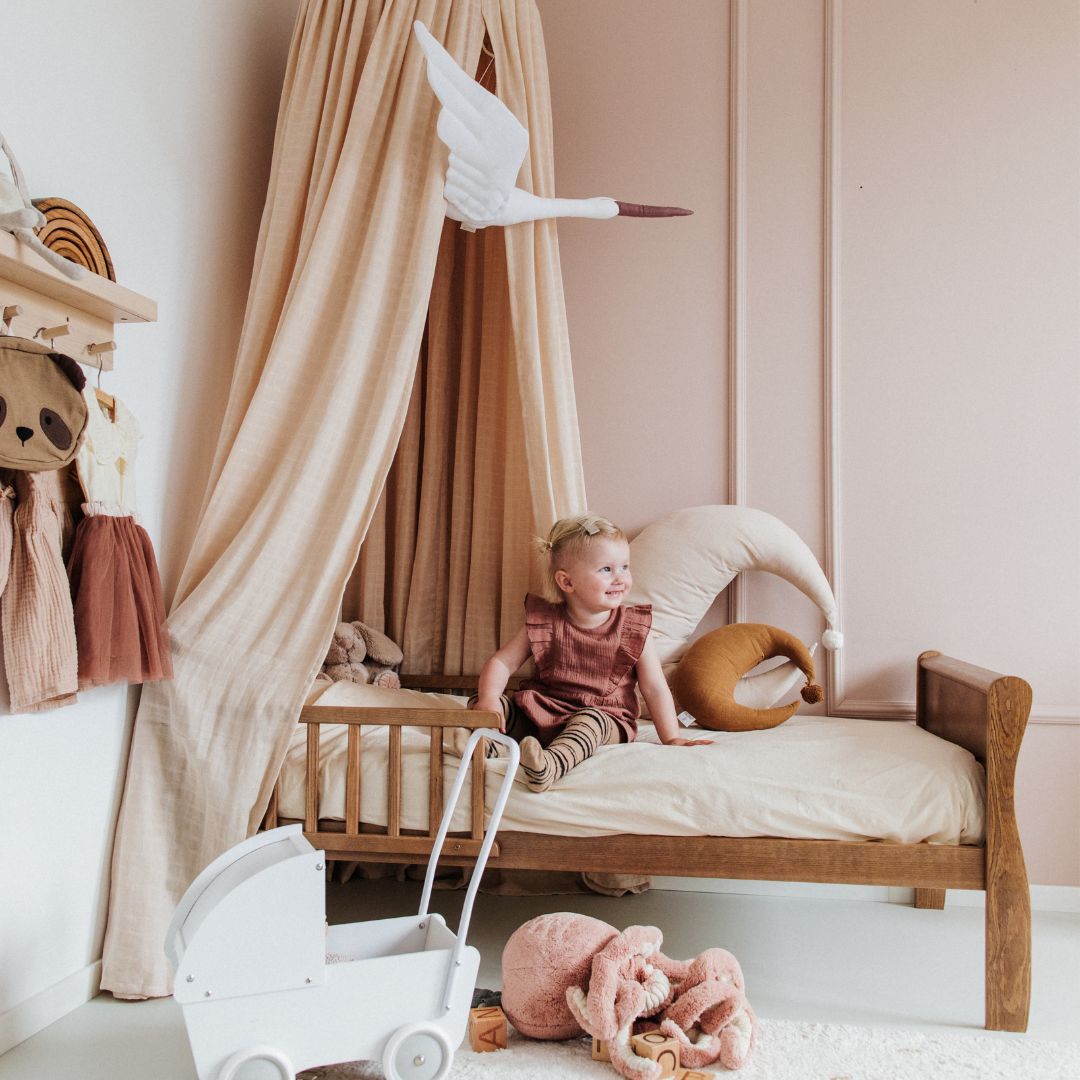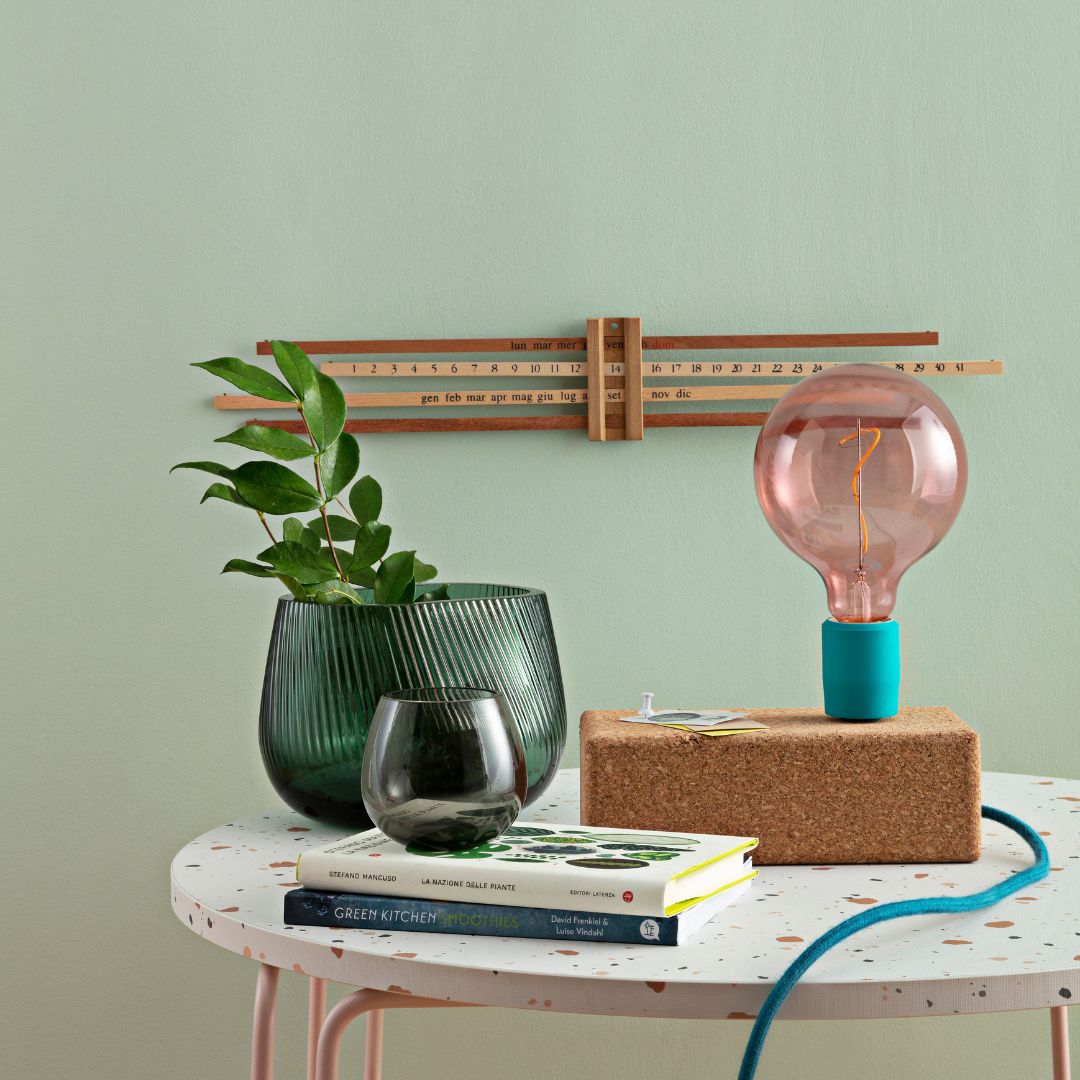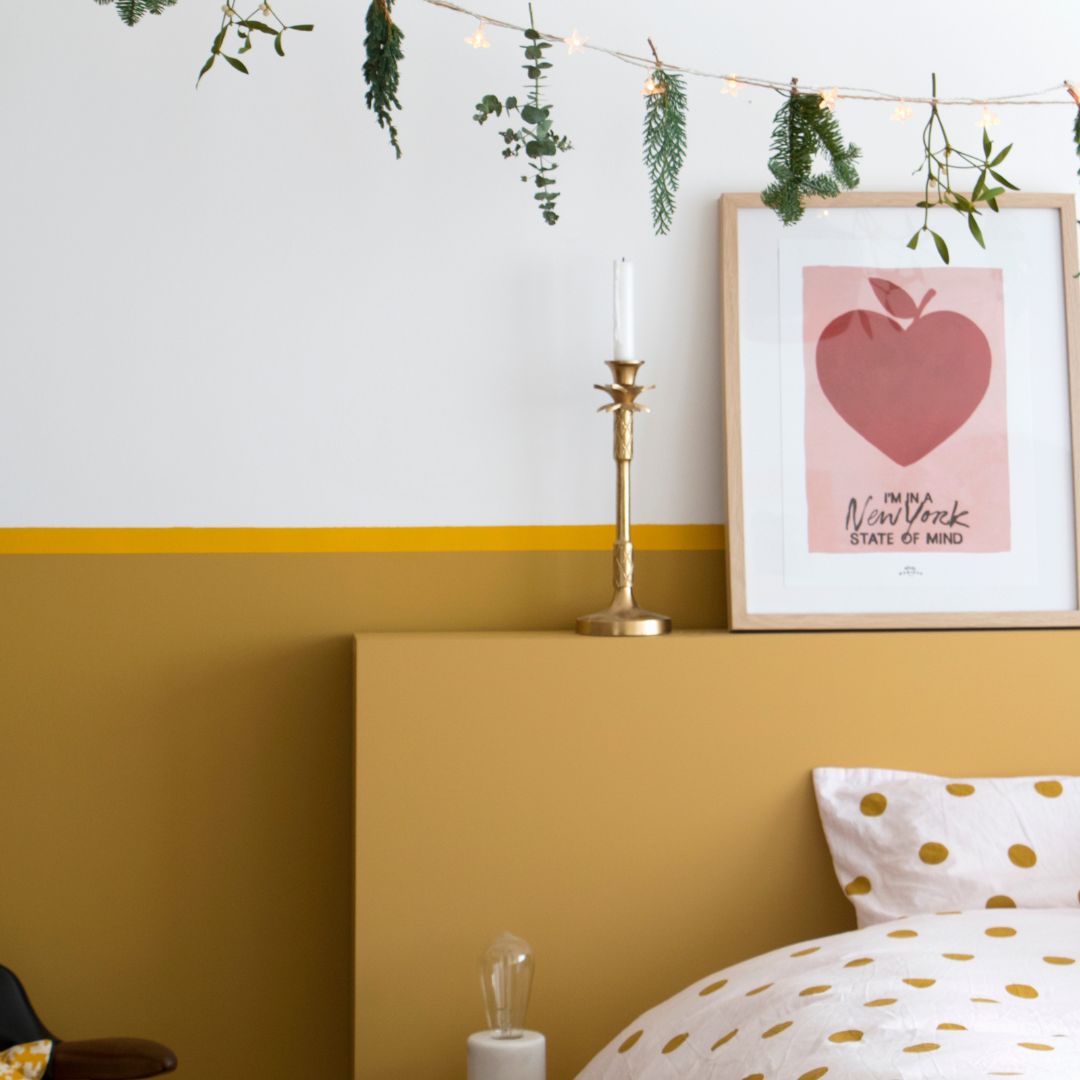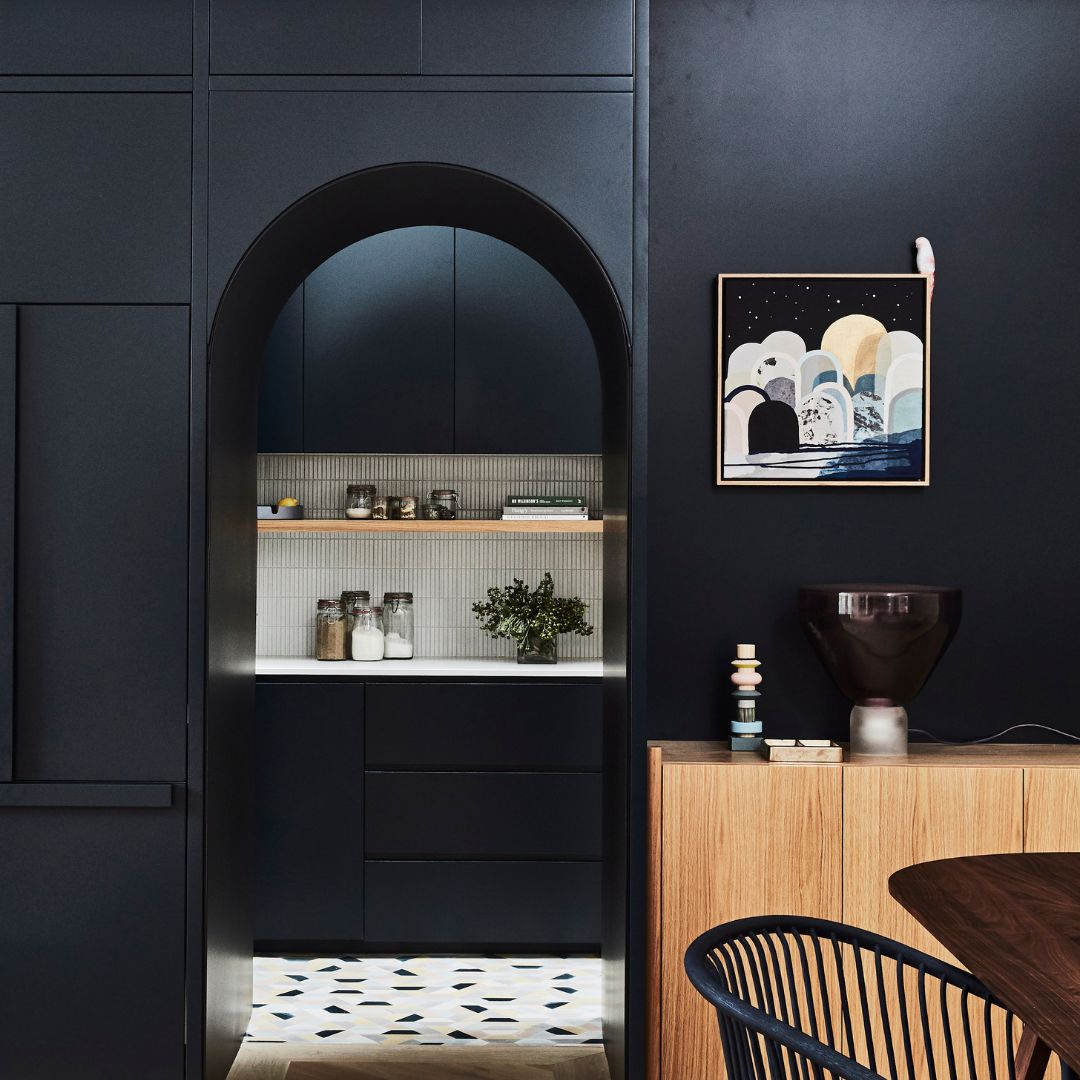When it comes to painting or repainting the interior of our home, in addition to the primer, the choice of paint plays a crucial role, especially in humid rooms such as bathrooms, kitchens, or basements. These rooms, by their very nature, are subject to higher humidity levels than the rest of the house, which necessarily raises the question of the paint to apply inside. It is not only a matter of choosing a color compatible with the atmosphere we want to give to the room, but also of finding a paint that can withstand humid conditions and prevent problems such as mold or peeling on the support.
How do I determine if my room is humid?
But what makes a room "damp"? A damp indoor room is a space where moisture and water vapor are frequently present. This can be due to everyday activities like showering and cooking, or even external factors like poor insulation or insufficient ventilation in your home. These conditions create an environment where ordinary paint may not adhere properly, fade quickly, or worse, encourage the growth of harmful mold and mildew.
When searching for the ideal paint for a damp room, it's essential to understand the specific challenges moisture poses to your surface. These rooms, often bathrooms and kitchens, are areas where moisture and water vapor are ever-present.
Constant humidity and temperature fluctuations promote the growth of mold, two formidable enemies for any painted surface, even with the use of a primer. Furthermore, these conditions can cause building materials to swell and degrade, thus affecting paint adhesion. The use of a primer in this type of room will be all the more important.
What are the consequences for painting?
Moisture affects paint in several ways. First, it can prevent the paint from drying properly, leading to adhesion problems and reduced durability, especially in your bathroom. Second, moisture can cause paint to blister and peel, compromising its aesthetic appearance and protection. Furthermore, damp surfaces are conducive to the growth of mold, which not only damages the paint but also poses health risks.
Surface preparation is therefore crucial. Before applying paint, ensure the walls are clean, dry, and free of mold. In some cases, using a primer specifically designed for damp rooms can improve the paint's adhesion and durability.
How to choose white paint for a damp room?
When choosing a paint for your work in a damp room for your bathroom or kitchen, several criteria must be taken into account to guarantee both the longevity and the aesthetics of your surface:
Moisture resistance: A paint that works well in humid rooms must be able to withstand constant humidity and condensation without deteriorating. Look for paints that can withstand both moisture and steam.
Ease of cleaning: In humid rooms, walls can be prone to frequent stains and spills. Choose a paint that cleans easily without losing its shine or color.
Satin paints address this issue, whereas a matte finish will be less washable.
Anti-mold properties: Paint must be mold resistant to prevent mold growth, thus ensuring a healthier environment and better paint longevity.
By taking these criteria into account, you will be able to choose a paint that will not only beautify your space, but also effectively protect it against the vagaries of humidity.
Which paint should I choose?
When selecting paint for a wet room like a bathroom, it is essential to understand the different options available and their respective pros and cons.
Some paints, such as Algo paints, are designed for use in damp rooms. Its advanced formulas offer increased protection against moisture, mold, and water stains, while also offering an environmentally friendly alternative to conventional paints .
Our paints combine moisture resistance and anti-mold properties, while offering a variety of finishes and colors, so not just white paint!
For better durability and easier maintenance, opt for a satin finish which is by definition the one that will guarantee the best washability.
Why choose white paint?
Choosing white for a wet room isn't just a matter of personal taste. White can help make a room appear brighter and larger, which is especially useful in often narrow spaces like bathrooms.
As for the finish, it plays an important role in the paint's performance in a humid environment. A matte finish may look elegant , but it is generally less resistant to moisture and more difficult to clean. Satin finishes, on the other hand, offer better water resistance and are easier to maintain, particularly due to their washable feature.
Once you've applied satin white paint to your wet room, there are several decorating tips to maximize both its effectiveness and aesthetic appeal. The key lies in the choice of accessories and lighting, as well as the strategic use of paint to change the perception of the space.
To personalize your room, you can use colorful or patterned accessories to add a touch of personality to your space. Towels, rugs, or shower curtains in vibrant colors or unique designs can transform the look of the room. Lighting also plays a crucial role. Choose lighting fixtures that highlight the whiteness and brightness of the paint, while creating a warm and welcoming atmosphere.
White paint can be used to make a room appear larger and more open. For added depth, consider painting the ceiling white or a slightly lighter shade than the walls, such as a warm white. Using different finishes on the walls and ceiling can also add visual interest and dimension to the room.
When it comes to decorating and painting wet rooms, current trends combine functionality and style.
For those looking to add a touch of vibrancy, adding an accent wall in a bold color or striking pattern can be a great on-trend option. This creates a focal point in the room while maintaining the clean, bright look of white.
